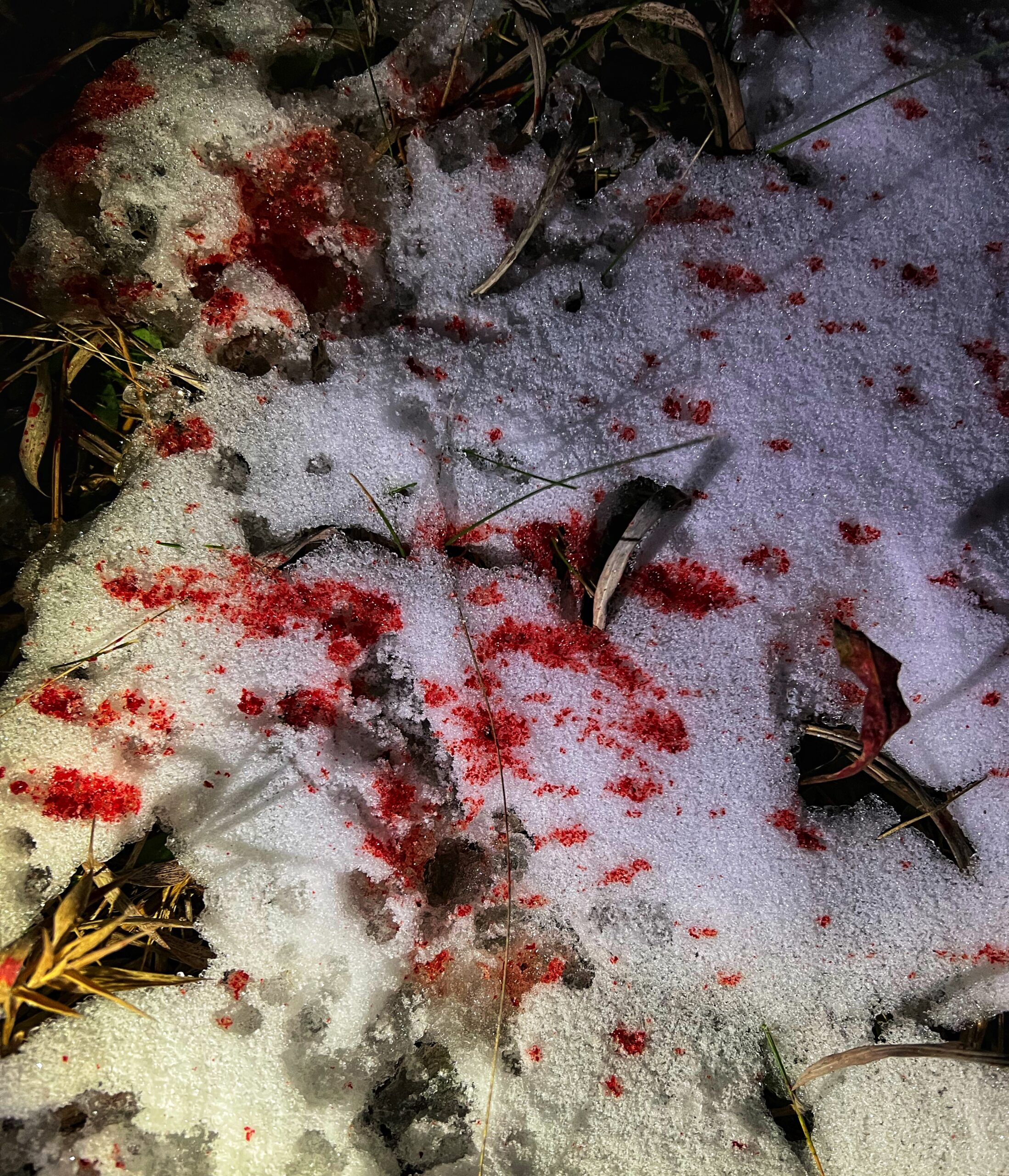Do you agree or disagree with the following rules for gut-shot deer? What would you add?
Allow me to preface this conversation by saying this blog post is written mostly for bowhunters — compound, recurve and crossbow — but the general tenants apply to all deer hunters.
Who am I to provide these rules? Nobody, but I’ve been at this deer hunting thing a long time, and I’ve shot more than 400 whitetails. That’s not bragging — it’s more of a testament to having learned what not to do in certain situations. Dealing with gut-shot deer tops the list of unpleasantries.

What follows are 25 tips that I’d almost say are golden rules of dealing with gut-shot deer:
- Educate yourself on what constitutes a gut-shot. There are various degrees of gut-shots, and some are easier to deal with than others. (see #6)
- If you suspect a gut shot, wait in the stand at least 30 minutes before moving.
- If you’re pretty sure it’s a gut shot, back out immediately and quietly.
- If you’re not quite sure, tiptoe to your arrow and inspect it. If it smells at all, back out immediately and quietly.
- Avoid using a flashlight at the scene of the hit, as not to spook the deer if it’s bedded nearby.
- Just because your arrow enters/exits the thoracic cavity (containing the heart, lungs and other organs) doesn’t mean you don’t have a gut-shot on your hands. The arrow can still pass through/exit the abdominal cavity. Also, the paunch is different from the intestines, and a paunch-hit deer tend to die quicker than intestinal-hit deer. Also, the angle of the arrow will dictate how severe the internal wounds will be.
- Deer hit with larger expandable broadheads tend to die quicker than those with smaller, fixed-position broadheads simply because there’s more damage. Yes, sharpness is critical when bowhunting, but big holes lead to big problems for the gut-shot deer.
- Wait a minimum of 8 hours for paunch-hit deer.
- Wait a minimum of 12 hours for intestinal-hit deer.
- The best trailing conditions for gut-shot deer are freezing temperatures and snow cover.
- The worst trailing conditions for gut-shot deer are damp, rainy weather and temperatures above 50 degrees.
- Wild-card issues with trailing gut-shot deer include rain, warm weather and an area with abundant coyotes.
- Your deer will not die any quicker in warm weather or rain.
- Losing a deer to coyotes is bound to happen if you live in an area rife with coyotes.
- A gut-shot deer that is undisturbed will typically bed and die very close to where it was shot — typically within 100 yards and more often than not much closer than that.
- Gut-shot deer oftentimes get up from their first bed and re-bed not far from the first bed. It is not uncommon to find six or more beds within a small area.
- A white-tailed deer has few arteries near the stomach cavities. As such, these deer typically do not die from blood loss (unless the liver is involved). Gut-shot deer typically die from sepsis (blood poisoning).
- Handled properly, a gut-shot deer will not result in a major loss of venison.
- It is crucial to field-dress a gut-shot deer with extreme care, taking great strides in not allowing stomach content and juices to come in contact with exposed venison (hams, etc.).
- It is equally crucial to thoroughly wash out the body cavity with clean, cold water as soon as possible. The best practice is to wash out with a hose and let the water run for enough time to clean out the carcass.
- While washing the carcass, allow the draining water to empty out the side of the ribs or down through the throat cavity. Do not allow the draining water to run across the back hams.
- After thorough washing, pat-dry the inside of the carcass with clean towels (paper or discarded bath towels). Water and heat are not your friend when it comes to potential contamination.
- Allow the carcass to cool by hoisting the deer – back legs first – on a meat pole, tractor bucket or other elevated means.
- In warm weather, lay 10-pound bags of ice across the hams (in a V fashion) and also packed inside the chest cavity. Leave the ice in the bags. This is if the deer is to be hung overnight. Get the deer processed as soon as possible after the carcass is allowed to cool.
- Accept the fact that you will lose some venison no matter how meticulous you are with caring for the carcass. Inside tenderloins for a celebratory dinner? Yeah, probably not happening.
— Daniel Schmidt has been with Deer & Deer Hunting since 1995, and has been editor-in-chief since 2001. He is also host of Deer & Deer Hunting TV on Pursuit Channel, and the Deer Talk Now podcast.
